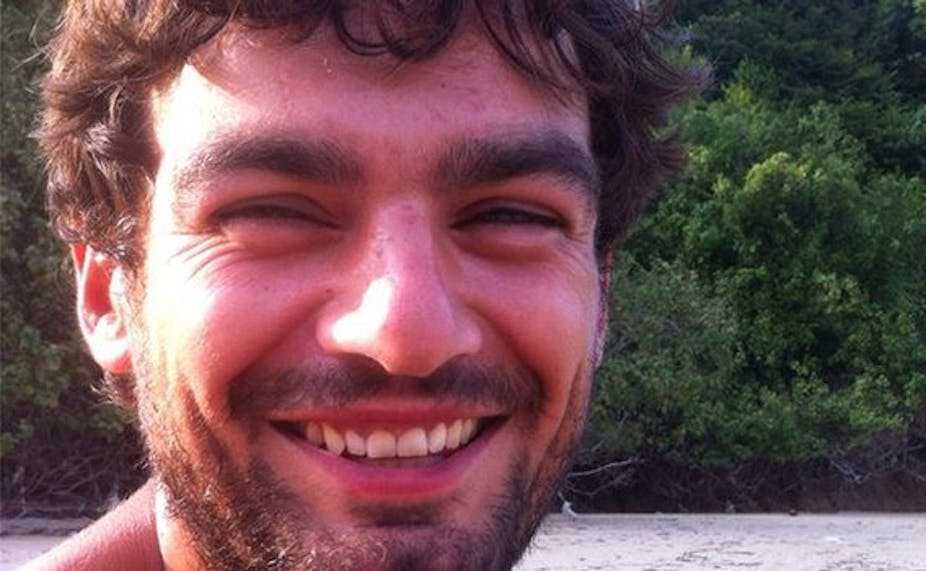The story about missing Briton Gareth Huntley, who has disappeared on the Malaysian island of Tioman, has generated considerable interest in his home country, and also a certain amount of opprobrium for the Malaysian authorities because of the delay between his disappearance and the beginning of full searches.
Clearly this is an emotive case and it can be easy to conflate a lack of success with a lack of effort – but from my experience in the world of search and rescue, there are some factors that are likely to be relevant here.
There are a number of key principles, in all environments, that increase the someone’s chances of survival and time is widely regarded as the most critical. People can and do survive for extraordinary lengths of time in extremely hostile environments – see the recent case of Jose Salvador Alvarenga, who was found alive after 13 months at sea. But the longer someone is lost for, the less likely it becomes to find them alive.
The second principle of search and rescue is a structured and defensible strategy for locating the target. At sea these take the form of geometric patterns that sweep an area of water, with slightly overlapping search legs to maximise the ground covered, while ensuring there are no “gaps” in the searched area. The recent search for the missing Malaysia Airlines flight MH370 was a good example of this. The images and maps released by the Australian government show the structured search patterns employed by the aircraft and vessels.

In Huntley’s case a variation of these techniques would be used. It is impractical for search teams to walk through thickly forested areas in a structured line (despite what you may have seen on TV detective shows), so most teams would employ a form of scenario-based planning – drawing up a list of likely “stories” of what could have happened to the missing person. The quality and quantity of intelligence that the search team has is critical in this case.
Knowing the intended destination of the target is quite rare – in Huntley’s case he is believed to have been walking to a waterfall some 6km into the forest – but an extremely useful factor. And of course any locating technology: phones, locator beacons – whistles even – will help to take the search out of search and rescue, and shift the emphasis of the mission into a “rescue” phase.
Having then drawn up a list of scenarios, for example if they took a wrong turning at a specific location, or were injured along a specific route, teams are sent out to search these locations, usually with a set of parameters specific to the case. These will often be drawn from statistical analysis of previous cases and will include concepts such as the “track offset”, or how far from a formal path or track a particular kind of target is likely to be.
Thick jungle undergrowth is hard to penetrate and it’s difficult to detect a lost person far from formal tracks – but it also becomes more unlikely that a lost person would expend the energy to force their way through it too.
In terms of equipment for general terrain, there is very little that a search team would need other than a good torch for night work. The major requirement is for them to be sustainable, safe and comfortable during the search; protective equipment, food and water being the obvious requirements. If the search is to be carried out in more extreme terrain – searching down ravines, in caves or down cliffs then clearly equipment will be required.
For jungle terrain, the most important resourcs is trained searchers. Research from the US demonstrated that searchers who are taught how to move through a search corridor, and systematically search around them, are far more likely to be successful than untrained searchers – so local volunteers, military or police personnel drafted in, even in large numbers, may not be as effective as a smaller, more focused team of trained personnel.
Search dogs are another option, and they can be extremely effective. Research I completed at Kingston University London suggests dogs can be more than 80% successful in locating human targets in dense woodland. But well-trained search dogs are a scarce resource.
Even with limited intelligence, searches can still be carried out and to great effect. It is perfectly feasible that with a large number of trained searchers even very thick jungle terrain could be searched effectively.

It’s unclear what resources the authorities in Malaysia have (or what they are capable of deploying), but they have certainly stepped up their search, with reports of at least one helicopter and more police manpower. This comes at a crucial time – the longer Huntley remains unfound, sadly, the more his chances of survival diminish.

